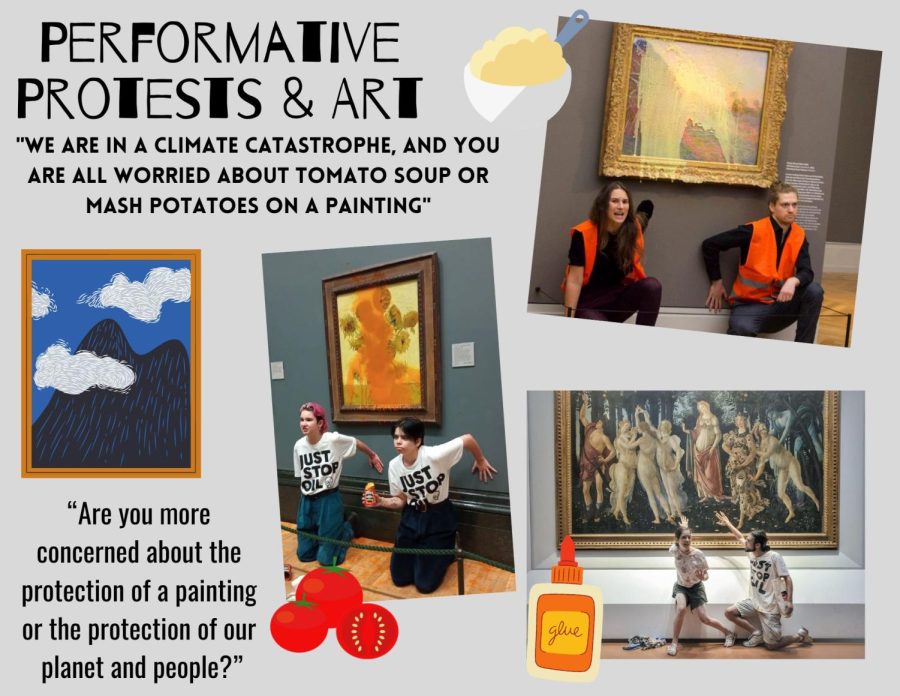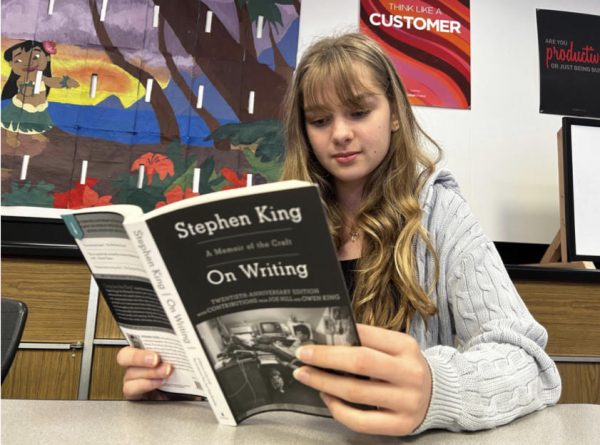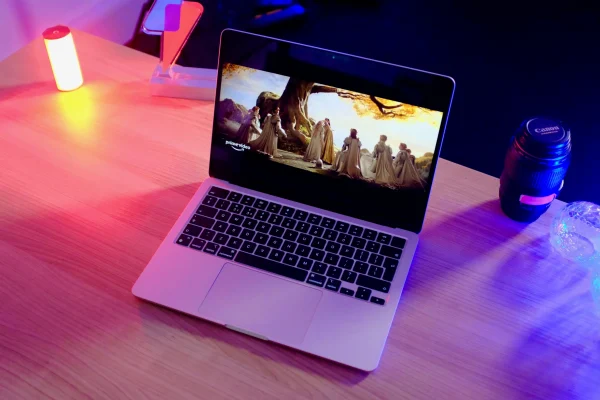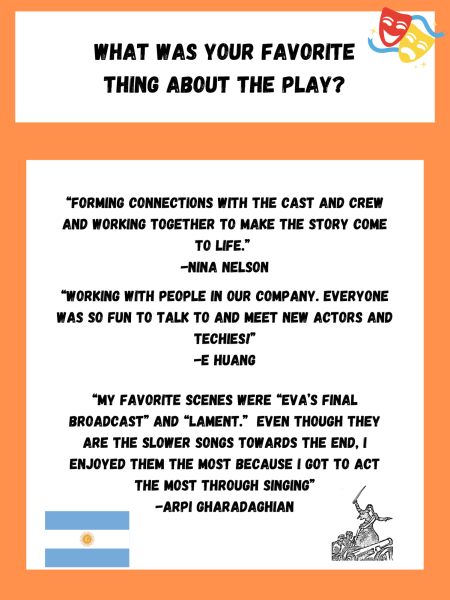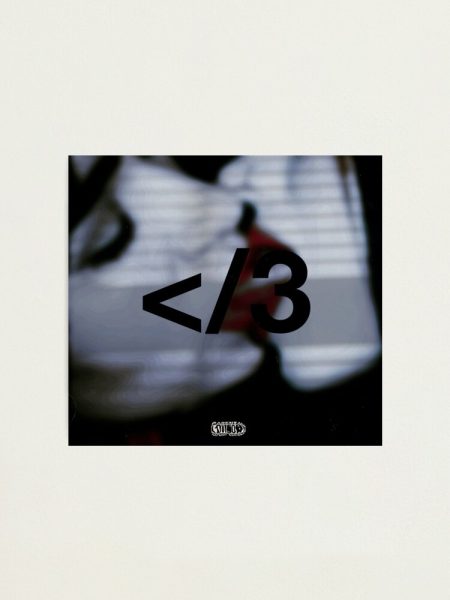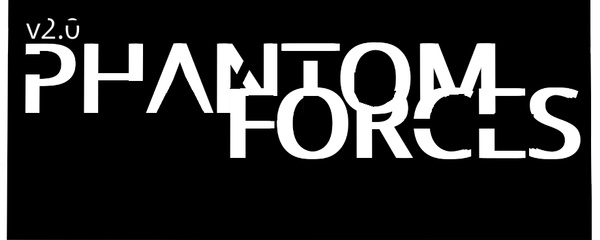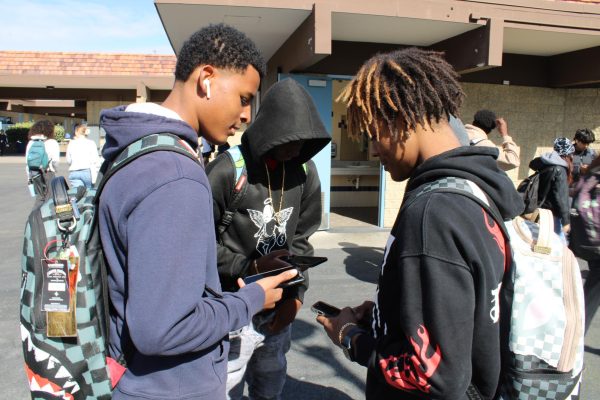Performative Protests and Art
January 12, 2023
On Oct. 14, environmental activists from Just Stop Oil threw tomato soup at Vincent van Gogh’s “Sunflowers” located in the National Gallery of London. Just Stop Oil is a well-known activist group that protests against the development of fossil fuels through performative acts. After the two members glued themselves next to the painting, they started to yell amongst a bewildered group of museum-goers.
“Are you more concerned about the protection of a painting or the protection of our planet and people?” 21-year-old activist Phoebe Plummer said.
Fortunately, the painting was not harmed, and museum staff quickly reopened the exhibit. Despite the backlash the group faced, the stunt successfully brought attention to the issues of the oil industry.
However, Just Stop Oil’s most recent stunt was not a new concept. Countless protestors and activists have used the destruction of famous paintings to gain media attention for their respective issues.
Only nine days after van Gogh’s “Sunflowers” was targeted, Monet’s “Haystacks” in Germany was hit with mashed potatoes by the organization Letze Generation (Last Generation). The “Mona Lisa” was also smeared with cake by a climate protest disguised as an elderly woman.
Vandalized art goes beyond the museums. In 2020, many Black Lives Matter protestors targeted public monuments in the southern states. Similarly, a statue of Edward Colston in London was vandalized with graffiti and then toppled. Colston was a well-known merchant and Member of Parliament in Britain. However, he was also a notorious slave trader and made a fortune from the Atlantic Slave Trade. In addition, Robert E Lee’s 12-ton statue in Virginia was removed by the state after it had become covered in graffiti and signs relating to the BLM movement. Robert E Lee was the leader of the Confederate State Army during the Civil War.
Regardless of whether one may agree or disagree with the activists, there is no doubt that performative protests through art are an effective way to bring attention to an issue.


